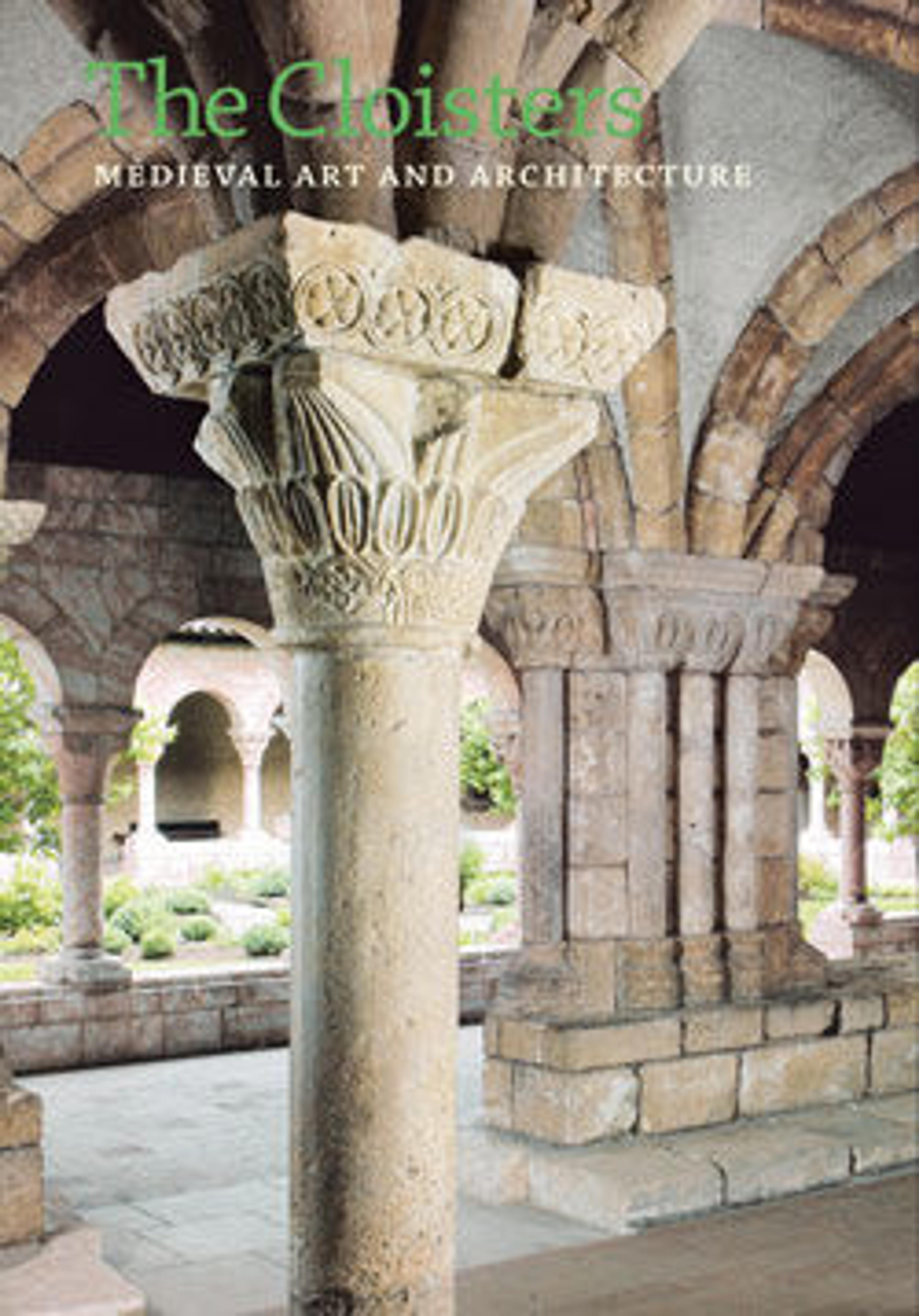Clasp
The monumental classicizing figure style and the soft tubular drapery typify the transitional style of about 1200. The masterful rendering of this object has led scholars to associate it with the work of Nicholas of Verdun, an outstanding goldsmith of the period. The figures are generally thought to represent Solomon and the queen of Sheba, but they also have been interpreted as Ahasuerus and Esther. A similar clasp was excavated at Dune in Gotland; although the style is different, parallels in iconography suggest a common traditional source. The clasp probably was intended as a girdle or cloak closure.
Artwork Details
- Title: Clasp
- Date: ca. 1200
- Geography: Made in Meuse Valley, South Netherlands
- Culture: South Netherlandish
- Medium: Copper alloy, gilding
- Dimensions: Overall: 2 1/8 x 2 7/8 x 5/8 in. (5.4 x 7.3 x 1.6 cm)
- Classification: Metalwork-Bronze
- Credit Line: The Cloisters Collection, 1947
- Object Number: 47.101.48a, b
- Curatorial Department: Medieval Art and The Cloisters
More Artwork
Research Resources
The Met provides unparalleled resources for research and welcomes an international community of students and scholars. The Met's Open Access API is where creators and researchers can connect to the The Met collection. Open Access data and public domain images are available for unrestricted commercial and noncommercial use without permission or fee.
To request images under copyright and other restrictions, please use this Image Request form.
Feedback
We continue to research and examine historical and cultural context for objects in The Met collection. If you have comments or questions about this object record, please complete and submit this form. The Museum looks forward to receiving your comments.
